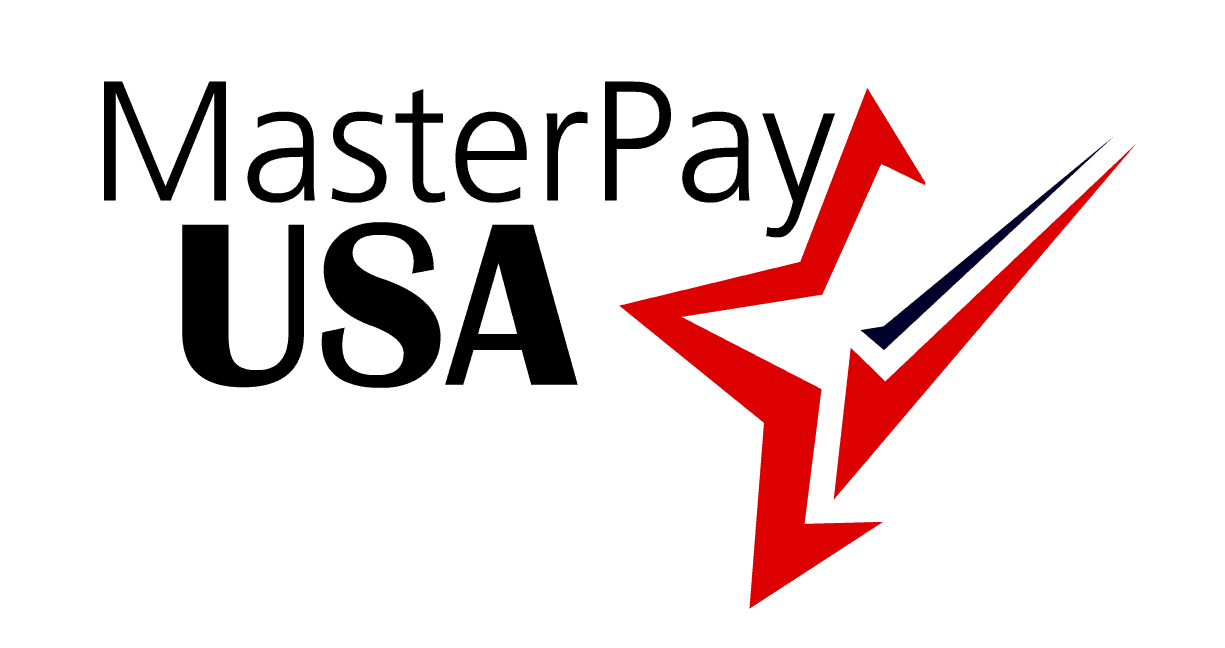How Accounts Receivable Financing Can Get Your Business Through a Financial Rough Patch
Waiting for clients to pay late invoices is a lot more than merely frustrating; it jeopardizes your business’s financial stability. Money that you are owed is money you don’t have to pay your own expenses or even payroll. The more outstanding invoices you’re dealing with—and the bigger the outstanding amounts—the harder the financial situation becomes for your company.
What can you do if you’re facing significant outstanding payments from customers? One option is accounts receivable financing , also known as invoice financing. In this lending model, you use your outstanding invoices to help secure a cash advance.
Like any kind of cash advance, accounts receivable financing can be expensive and shouldn’t be undertaken lightly or often if you can avoid it, but it can very quickly stabilize your cash flow when you’re in a bind. It can also help you to stay on top of your own bills and invoices, which in turn keeps your credit in good shape.
Also your creditworthiness and the total amount of invoices may limit the amount you are qualified to borrow, but bad credit won’t necessarily prevent you from obtaining financing.
How Accounts Receivable Financing Works
With accounts receivable financing, you use those invoices to collateralize a cash advance. In terms of finances, the most common scenario is where the financing company advances you most, but not all, of the outstanding receivable amount.
Advances range anywhere from 50 to 90 percent of the invoice total, with an average of around 85 percent. From the remaining balance, the lender will deduct an initial fee (usually 3 percent) and then a weekly “factor fee” (probably around 1 percent) until the invoice is paid. At that point, you receive the balance, minus the total fees.
This model can be a bit tricky, as you’re relying on your customers to pay their invoices—your initial problem—in order to pay off the full amount of the debt and stop fees from accumulating.
There is another model where the lender advances the entire invoice amount to you. You then pay it back, plus interest, by the end of the financing period (which might be 12 weeks). This way, you’re not waiting for your client to pay up before you can settle up. Either way, you do lose a chunk of the receivable amount to either interest or fees.
Note: Invoice factoring is a related, but distinct financing solution for outstanding invoices. In invoice factoring, the company advances you part of the outstanding invoice, then undertakes collection themselves. Once the client has paid in full, the lender will hand over the balance (less a fee, of course).
What You Need to Know
If you’ve decided that accounts receivable financing is your best bet for your current situation, you need to be both informed and prepared to make sure the process goes as smoothly as possible. Here are some important steps to take when going this route:
- Choose a financing company with reasonable rates and who communicates transparently about them. The last thing you want is to dig a deeper financial hole. Make sure you understand the terms of your financing agreement inside and out. Opt for the shortest financing period you can manage to keep interest rates and fees down.
- As with any other lending application, have your financial documents well-organized.
Accounts receivable financing
has much higher approval rates
than other types of business funding–y
our lender may not even run a credit check. However, you will need to accurately document your outstanding invoices in order for the lender to approve you and determine the amount of your advance.
- Make sure you will get the receivables—or will have other means to cover your advance. As you’ll either have to wait until your customer has paid to pay off the advance, or pay off the amount in 12 weeks, you want to make sure you at least think you’ll receive payment, or have another idea of where the money will come from. If you have a particularly problematic client, perhaps invoice factoring is a better option.
- If possible, choose a financing plan where you are advanced 100% up front rather than a portion. Since this model doesn’t depend on the customer paying for you to settle up, you can minimize the fees you accumulate. You will, of course, need to pay it back in 12 weeks.
- Keep affected clients in the loop. If you’ve ever had a bill go to collections, you know it can be a confusing and embarrassing situation. Some clients may not be pleased to have a third party involved in a matter of their debt to you. Your lender will likely specify how these clients are to be notified, but make the extra effort to communicate with them clearly and politely about what’s happening, why, and how it can be resolved.
Accounts receivables financing is a smart choice for B2B businesses whose outstanding invoices are temporarily problematic. It can certainly get you through a financial rough spot fast; the chances of being approved are high and the results are quick. As long as you undertake accounts receivable financing with forethought and caution, it can be a great solution for your business.
The post How Accounts Receivable Financing Can Get Your Business Through a Financial Rough Patch appeared first on AllBusiness.com. Click for more information about Meredith Wood.

